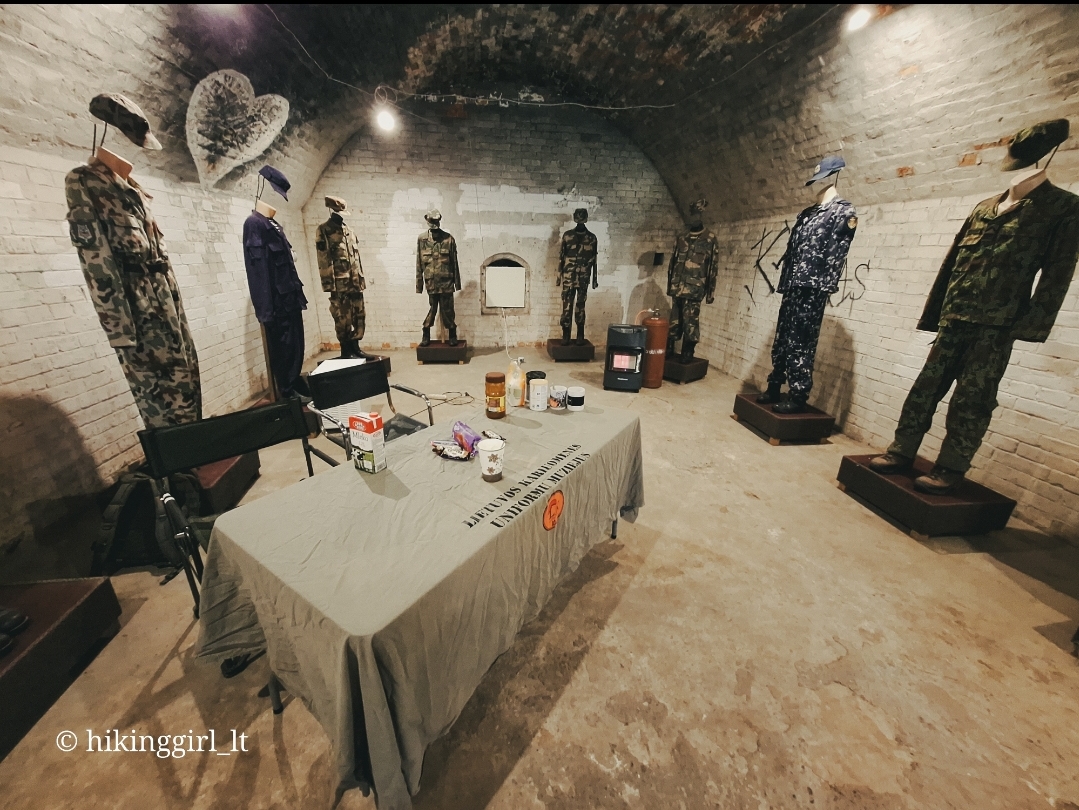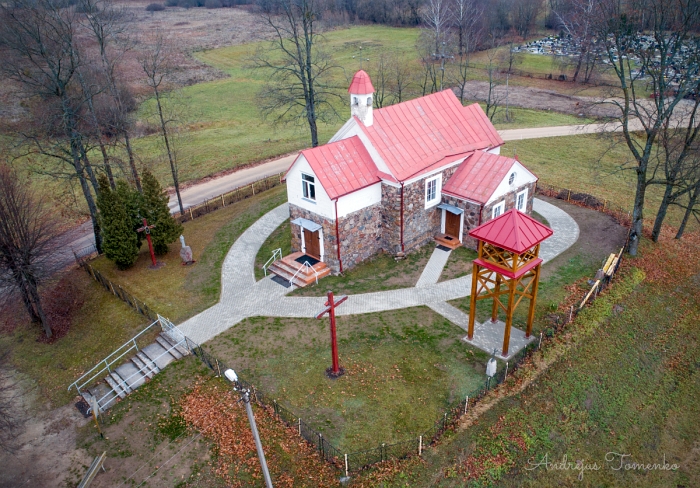Church of St. Peter and St. Paul in Vilūnai

56

0

0
0 out of 5
(0 reviews)
In 1810, Tadas Orvidas, a flag bearer of Kaunas County and the owner of Plytninkai Manor, built a stone chapel in Vilūnai village. It featured a small baroque octagonal tower, intended for his family's burials below and for holding services above.
Info
-

Religious Heritage
-
In 1810, Tadas Orvidas, a flag bearer of Kaunas County and the owner of Plytninkai Manor, built a stone chapel in Vilūnai village. It featured a small baroque octagonal tower, intended for his family's burials below and for holding services above. In 1815, at Tadas Orvidas' request, the chapel was transformed into a parish church by the Uniate authorities. In 1816, Uniate priest Josif Arenas from Merkinė was assigned to the church, who would come to conduct services. By 1819, the church served 24 nearby residents and was the only Uniate church in Kaunas County, attracting Uniates from distant areas. The nearest Uniate churches at that time were in Merkinė and Vilnius. People would come to services by rafting or sailing on the Nemunas River. Every year, during the Feast of Saints Peter and Paul, many people gathered
at the Vilūnai church.
In 1839, the Union was abolished, and Uniate churches were converted into Orthodox ones. However, the Vilūnai church was turned into a Catholic church, which after the 1863 uprising, around 1865, was converted into an Orthodox church by the Tsarist authorities. On February 1, 1919, in the presence of a large crowd, the Kalviai parish priest consecrated the Vilūnai chapel. On December 17, 1926, the Bishop of Kaišiadorys decreed the establishment of the Vilūnai parish with all its rights at the church, under the title of St. Peter and Paul. The Vilūnai church was consecrated and began to function. In 1958, a restoration-reconstruction project was prepared, planning many changes. Thus, the Vilūnai church began to noticeably differ from the original rectangular-plan chapel built in 1810.
Found a mistake?
Report
Whats new?
Nearby attractions
Nearest museums

 Entertainment
Entertainment
 Food establishments
Food establishments





























 54.710244, 24.226639
54.710244, 24.226639
 Get directions
Get directions








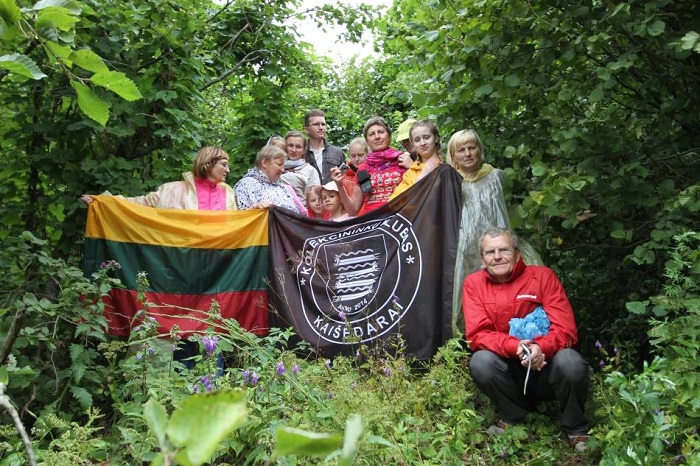
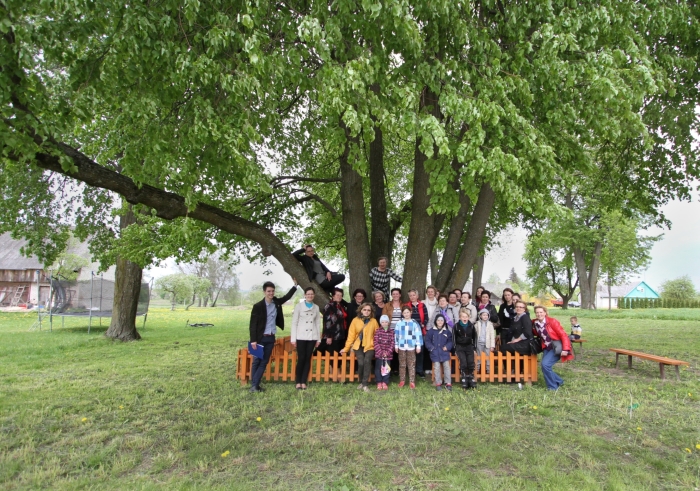
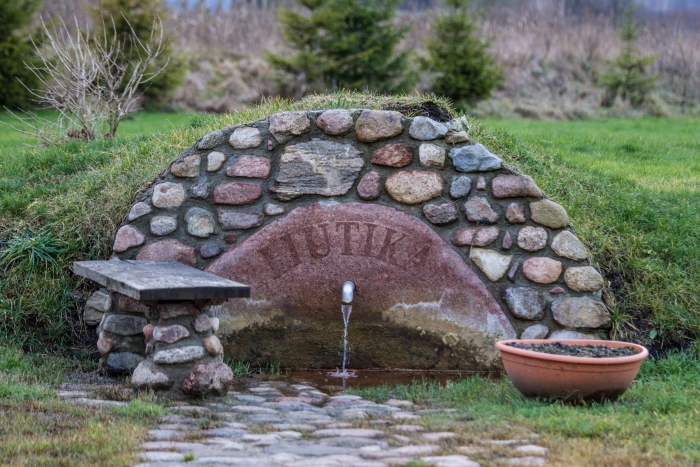
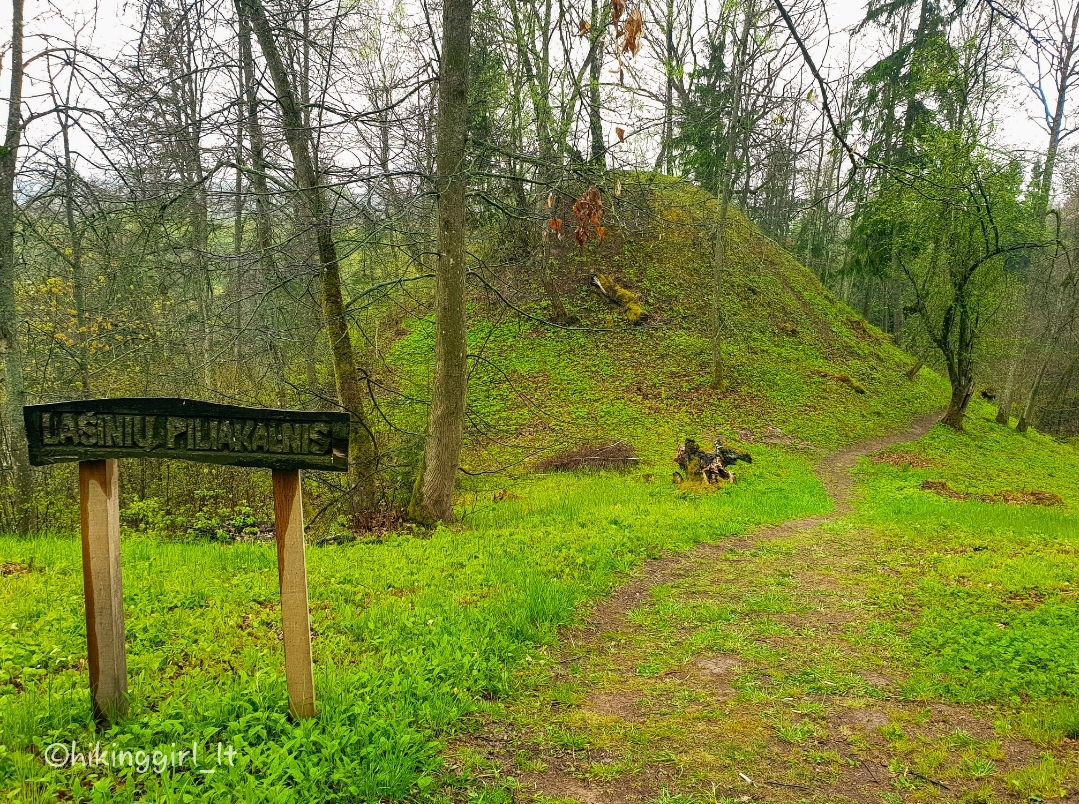
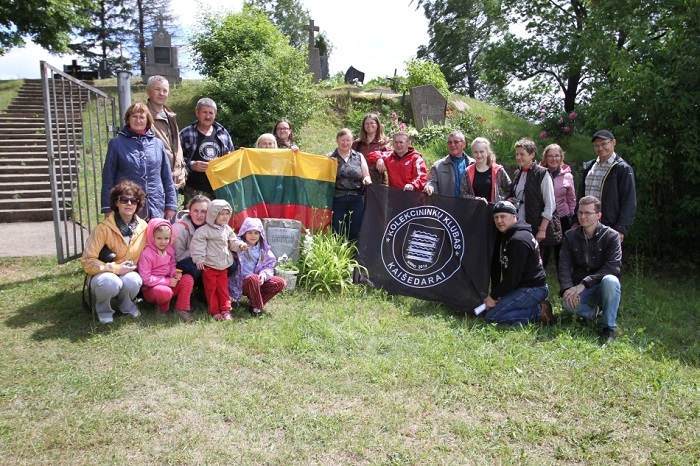
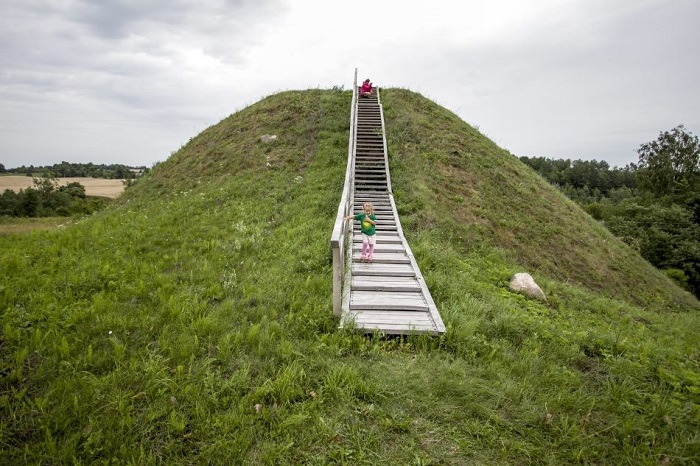
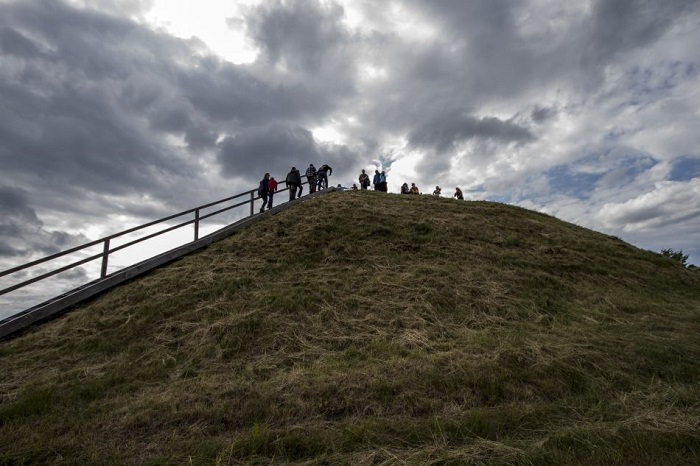
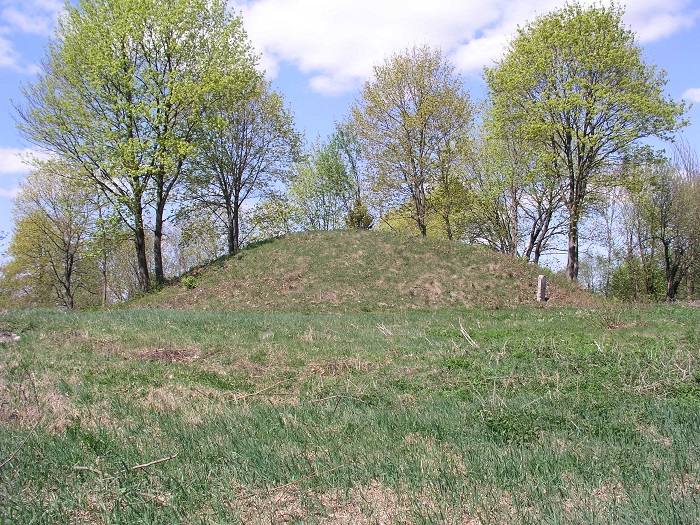
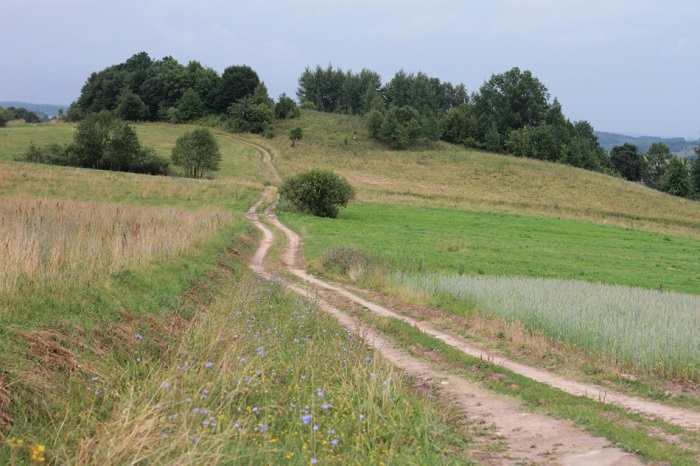
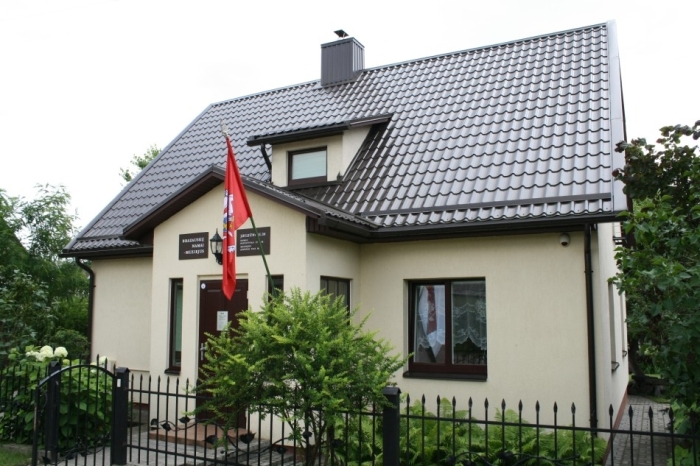
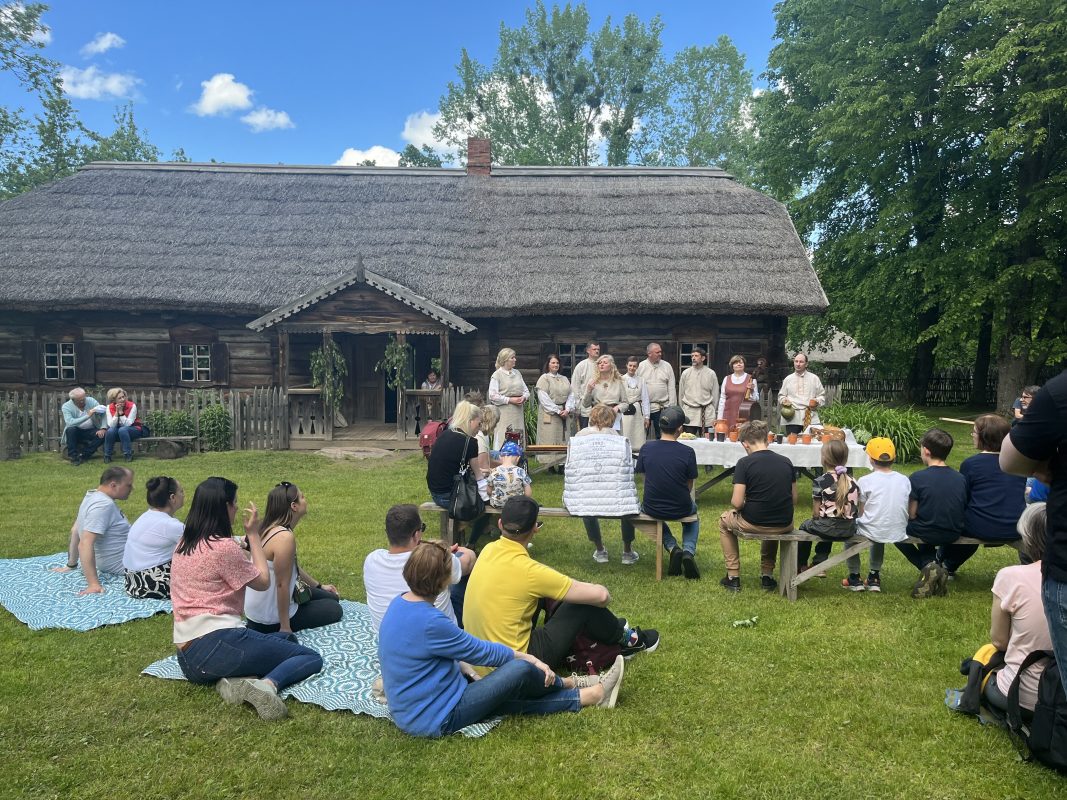
.jpg)
